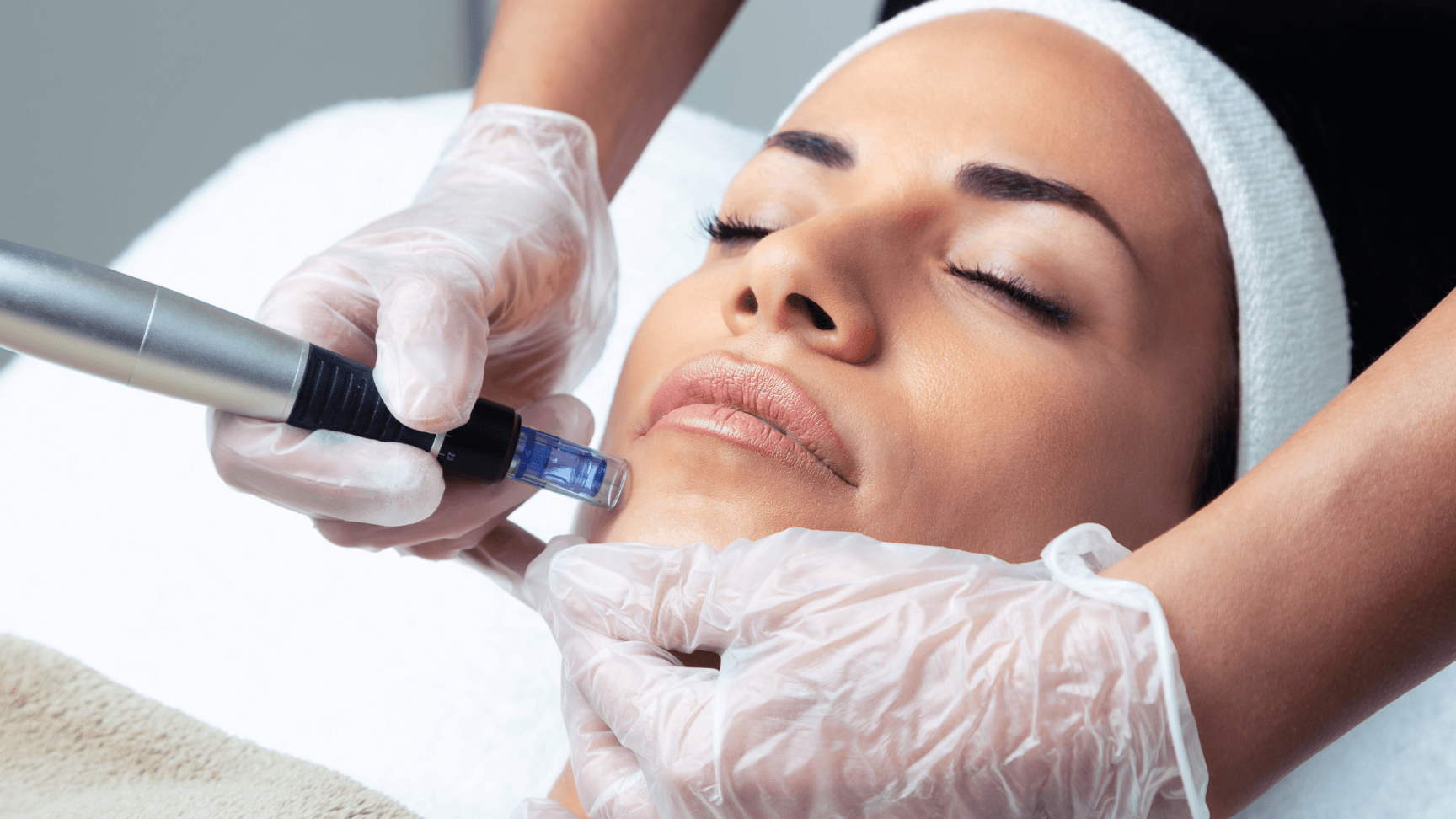Is RF microneedling really better than microneedling?
&srotate=0)
Traditionally, microneedling has been the preferred treatment for improving the appearance of aging skin. However, advancements in technology have led to the development of innovative procedures like radiofrequency (RF) microneedling. This begs the question: is RF microneedling truly a better option?
Let's examine the key differences between the two procedures:
Conventional Microneedling:
Uses tiny needles to create micro-injuries on the skin, triggering the body's natural healing response and stimulating collagen and elastin production.
RF Microneedling (Morpheus8):
Combining microneedling with fractional radiofrequency energy delivers heat deep into the dermis to stimulate collagen and elastin growth, resulting in tighter skin and reduced scarring while eliminating fat for faster, visible results with minimal downtime.
Why Choose RF Microneedling?
RF microneedling offers several advantages over its conventional counterparts, including a
-Wider range of treatment options: It effectively addresses acne scars, sun damage, large pores, deep wrinkles, and stretch marks.
-Research-backed efficacy: Studies demonstrate its effectiveness in improving acne scars, wrinkles, skin texture, and even hyperhidrosis.
-Safe and minimized downtime: It's less abrasive to the skin, resulting in reduced redness and faster recovery.
-Customizable depth: The treatment can be tailored to specific areas and skin tones.
-Promotes more collagen growth: Compared to traditional microneedling, which relies on surface damage for healing, RF microneedling utilizes radiofrequency waves for deeper collagen stimulation.
-Fewer sessions required: It achieves desired results faster, often in 1-3 sessions.
-for various areas and concerns: RF microneedling can be used on the face, neck, chest, and knees. It effectively addresses deep lines and wrinkles, acne and scarring, sun damage, sagging skin, uneven skin tone and texture, large pores, and stretch marks.
Treatment process:
The treatment involves cleansing the skin with alcohol, applying numbing cream (optional), creating micro-lesions and delivering radiofrequency waves using a specialized device. The procedure lasts approximately 10-20 minutes. Afterward, a growth solution is applied for cell restoration, followed by a calming solution to minimize discomfort.
Aftercare:
Following the treatment, ice packs can be used to reduce swelling and discomfort. Sunscreen use is essential for several weeks. Antibiotic creams or ointments may be prescribed. A mild cleanser should be used, and makeup should be avoided for 24 hours.
Conclusion:
RF microneedling presents a more advanced and effective solution for skin rejuvenation and addressing various cosmetic concerns. It is a safe, customizable procedure with minimal downtime and offers faster results compared to traditional microneedling. If you're considering RF microneedling, consulting a qualified and experienced cosmetic specialist is crucial for personalized advice and choosing the best option for your needs.